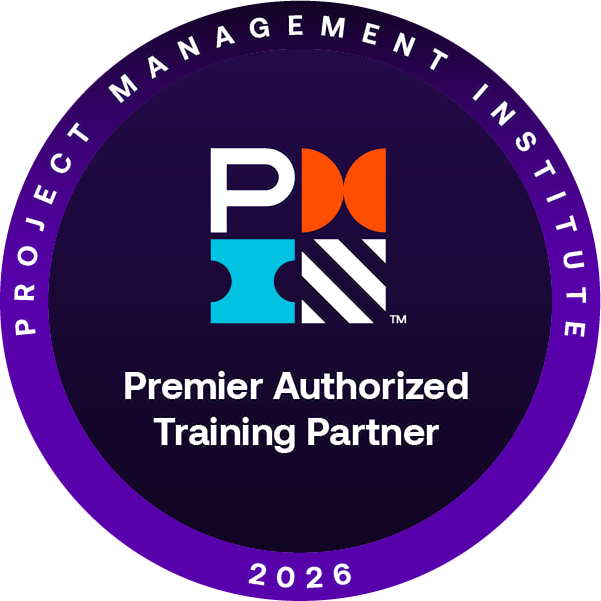BLOG: thoughts on Project Management
 2020-10-05 Continuous improvement has been one of the management buzzwords for many decades. But how can it be implemented in practice in our projects?
2020-10-05 Continuous improvement has been one of the management buzzwords for many decades. But how can it be implemented in practice in our projects?Quality management is a huge area that precedes project management and includes other types of work too. The four cornerstones of quality management include planning, assurance, control and improvement. In this post, we will focus on the fourth pillar, namely quality improvement.
There is a lot of literature regarding quality improvement, especially in the areas of manufacturing. The Kaizen (continuous improvement) approach can be implemented using various tools and techniques like the Plan-Do-Check-Act (PDCA) cycle of continuous improvement, Six Sigma, fishbone diagrams or 5 Whys.
Turning our interest to projects, continuous improvement can be implemented in by two major mechanisms:
Lessons Learned
The idea is simple: the knowledge and experience gained from a project should not reside only in the minds of those involved. It must be passed to the project team and even more importantly, to the whole organization. This is the only way that this knowledge can be leverage in the future: we must not reinvent the wheel, we must not start from zero for every project that we start!
Lessons learned can be documented by using a lessons log (sometime called lessons register) and then they can be shared by using a lessons report.
A simple lessons log can be implemented in a table format and it can have the following fields:

Figure 1: This is an example of a Lessons Log
When starting a project, the project manager should create a project lessons log: this this log, relevant lessons from other project, organizations, areas etc can be documented. Then, throughout the project lifecycle, new lessons should be entered in the log. The important lessons will need to be transferred to the organizational lessons log.
The most important lessons in the lessons log should be communicated to the organization, so that they can be logged in the organizational lessons log and appropriate actions can be taken. A simple lessons report (which can be a document, a table or a slideset) can have the following fields:

Figure 2: These are some recommended fields in a Lessons Report
Retrospectives
The second mechanism that can be used for continuous project improvement in a project makes use of the review meetings called retrospectives. The concept of the retrospective comes from the agile iterations, and it is the last activity that a team does at the end of the retrospective. The team gathers together, they discuss their good and bad experiences from the iteration, and (even more importantly!) they decide on specific steps to immediately take in order to improve their way of working! This concept can (and must) be generalized for every type of project, not only for agile ones!
The agenda of a retrospective can be as follows:

Figure 3: Potential agenda of a retrospective (From Agile Retrospectives, E. Derby D. Larsen)
Quality improvement is a vast area including numerous concepts, tools, techniques, approaches etc. To make it practical and specific for project management, we should document and communicate lessons learned throughout the project, and we must collect dos and don’t's from the team aiming to improve the project's way of working!




